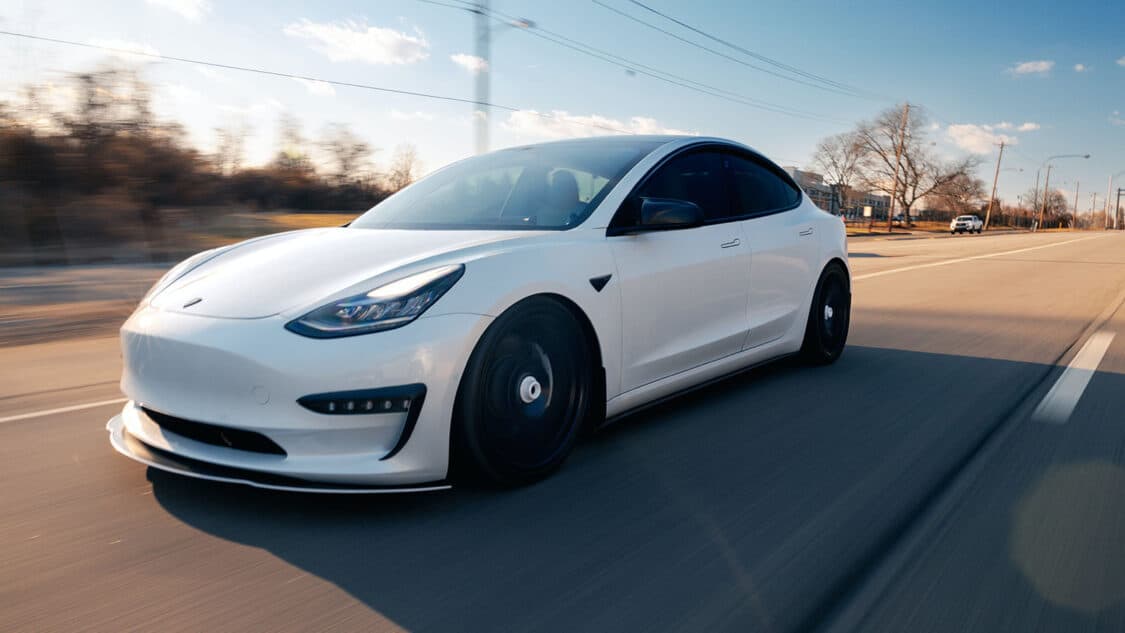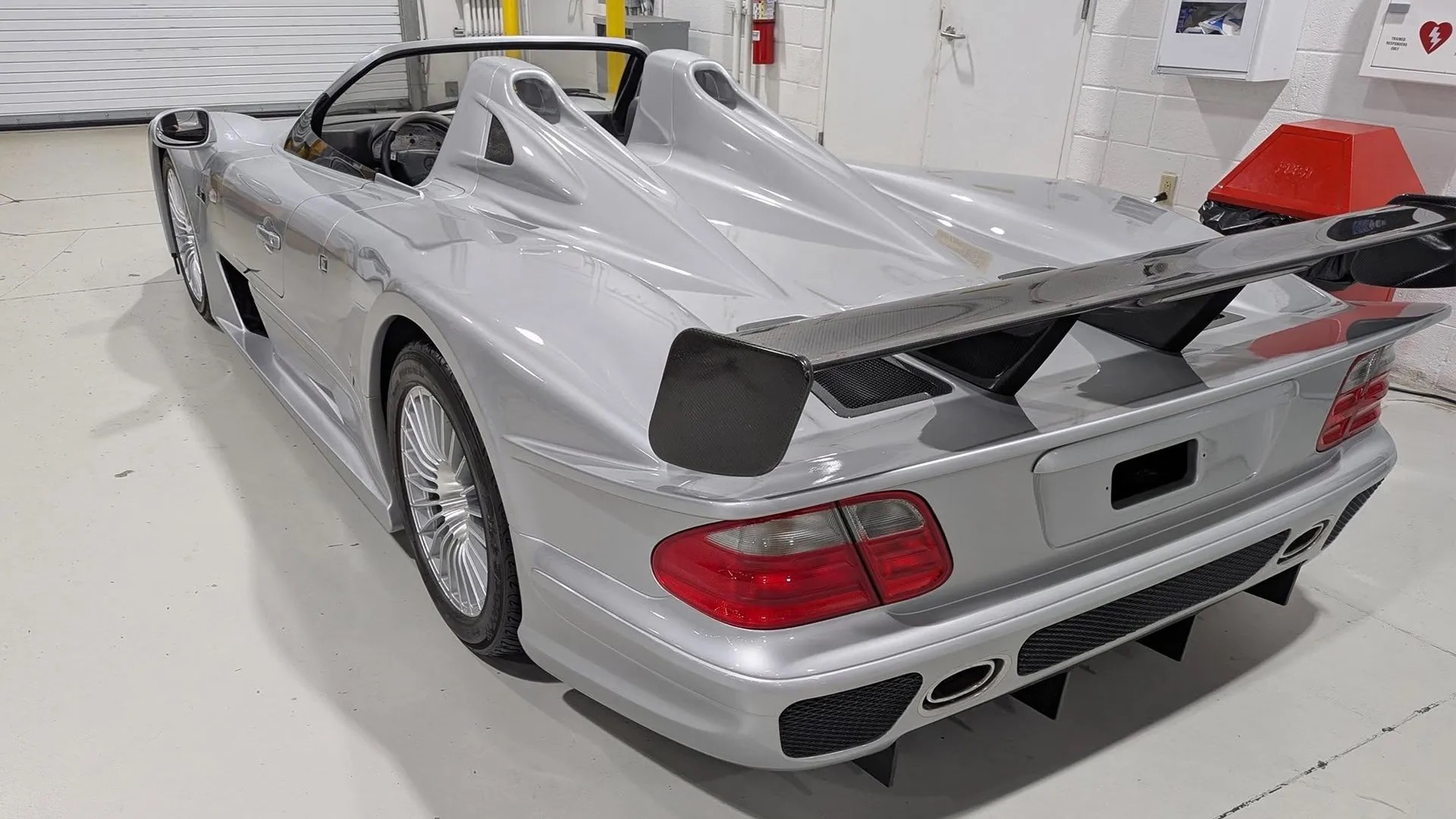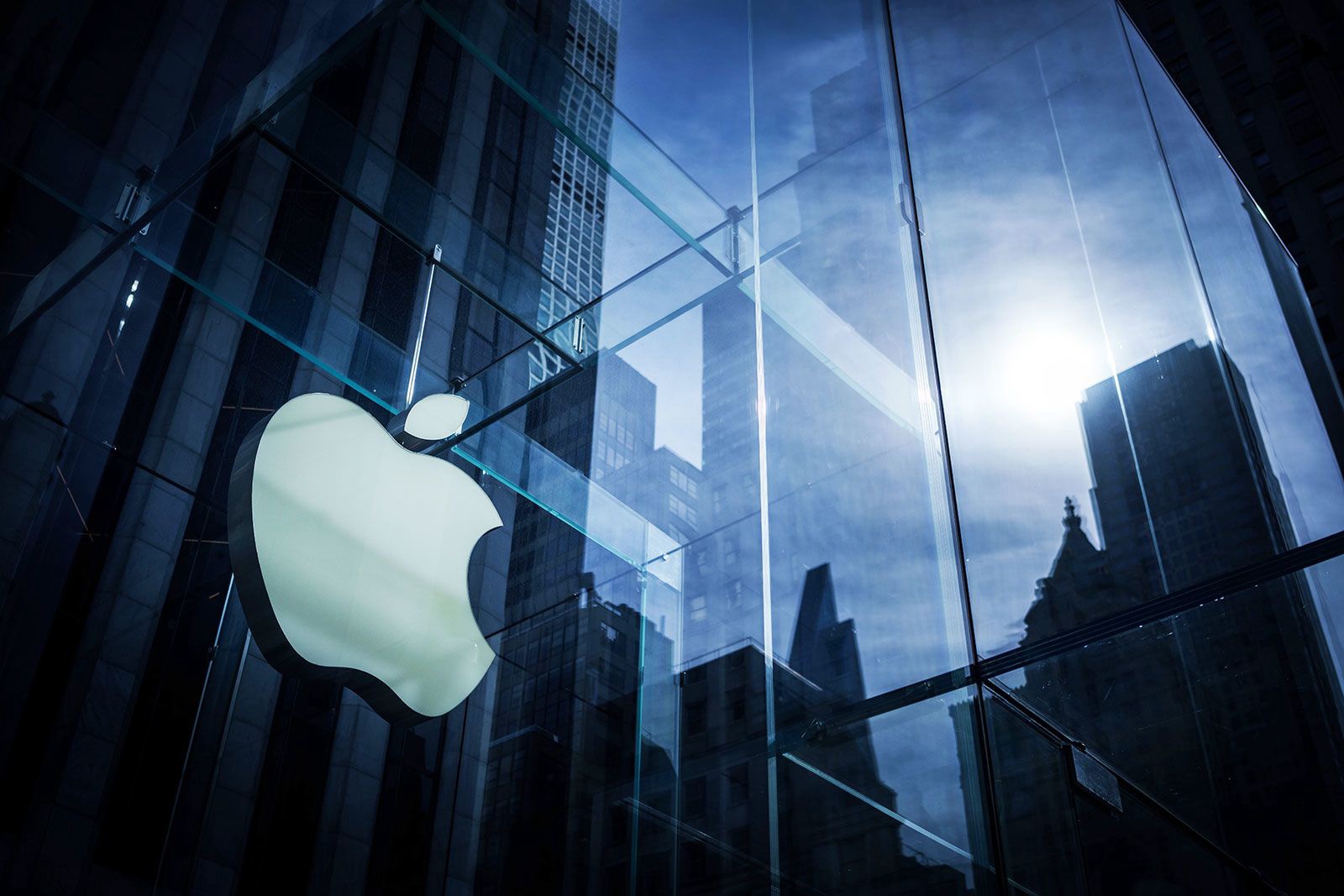In a surprising turn of events, Tesla’s dominance in the U.S. electric vehicle (EV) market has diminished, with its market share falling below 50% for the first time in several years. This shift marks a significant change in the competitive landscape of the EV industry, which Tesla has largely led since its inception.
Tesla’s market share drop is attributed to the increasing competition from traditional automakers and new entrants in the EV space. Companies like Ford, General Motors, and newcomers like Rivian and Lucid Motors have made substantial strides in developing their electric vehicle offerings, which are beginning to resonate with consumers.
“Tesla’s pioneering role in the electric vehicle market cannot be understated,” says industry analyst Sarah Thompson. “However, the market is maturing, and other automakers are catching up with compelling products that offer new features and innovations.”

Ford’s Mustang Mach-E and the electric version of its best-selling F-150 truck, the Lightning, have been particularly well-received. General Motors’ Chevrolet Bolt and upcoming electric Silverado are also gaining traction. Meanwhile, Rivian’s R1T pickup and Lucid Motors’ Air sedan have garnered critical acclaim and consumer interest.
These new entrants bring a range of options to consumers, from luxury sedans to rugged pickups, challenging Tesla’s diverse lineup, which includes the Model S, Model 3, Model X, and Model Y.
Tesla’s recent struggles with production delays and quality control issues have also contributed to its declining market share. The company has faced criticism over its Autopilot feature, with several high-profile accidents raising safety concerns.
Moreover, Tesla’s strategy of frequently changing vehicle prices has caused some consumer frustration, potentially driving buyers towards more stable options from competitors.
Despite the challenges, Tesla remains a formidable player in the EV market. The company continues to innovate with new products like the Cybertruck and the Tesla Semi, which are expected to enter production soon. Tesla’s extensive Supercharger network also provides a significant advantage in terms of infrastructure support for EV owners.

However, the landscape of the electric vehicle market is clearly evolving. As more automakers commit to electrification and improve their EV offerings, the competition will only intensify. This increased competition is likely to benefit consumers, leading to more choices and potentially lower prices.
Tesla’s fall below a 50% market share in the U.S. marks a new era in the electric vehicle industry. While the company continues to innovate and push the boundaries of what electric vehicles can do, the rise of formidable competitors indicates that the market is becoming more dynamic and competitive. This evolution promises exciting developments in the EV sector, ultimately driving the transition towards a more sustainable automotive future.












